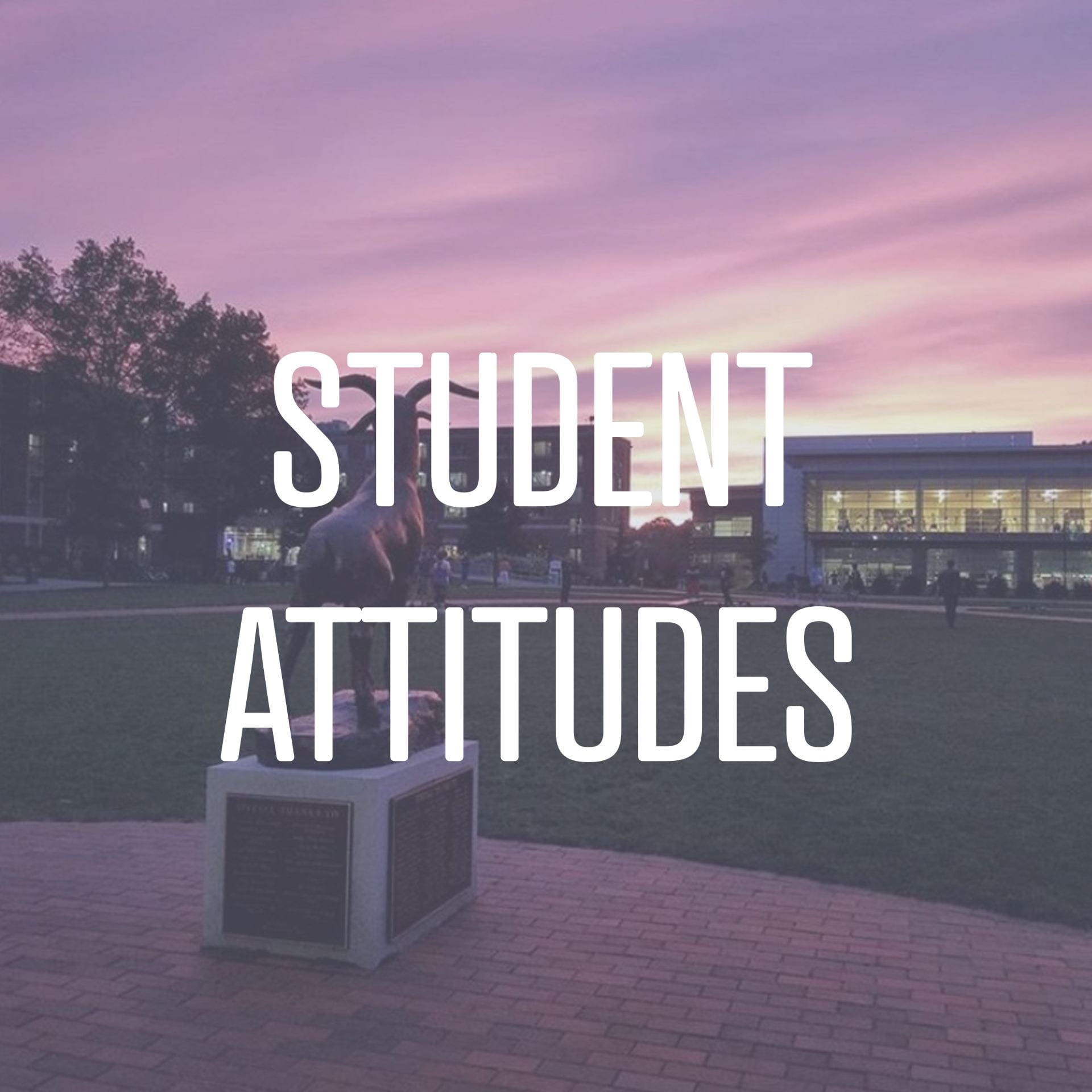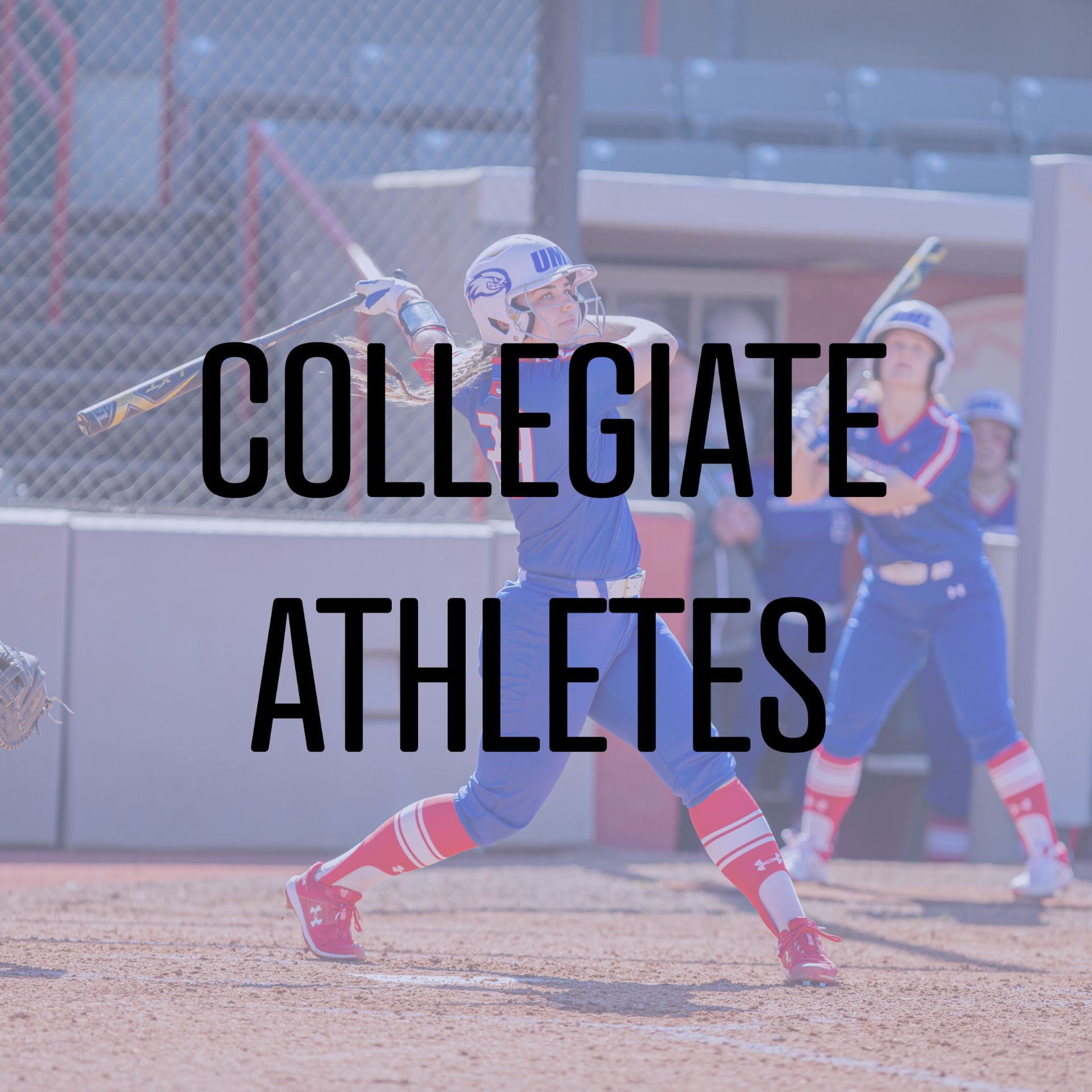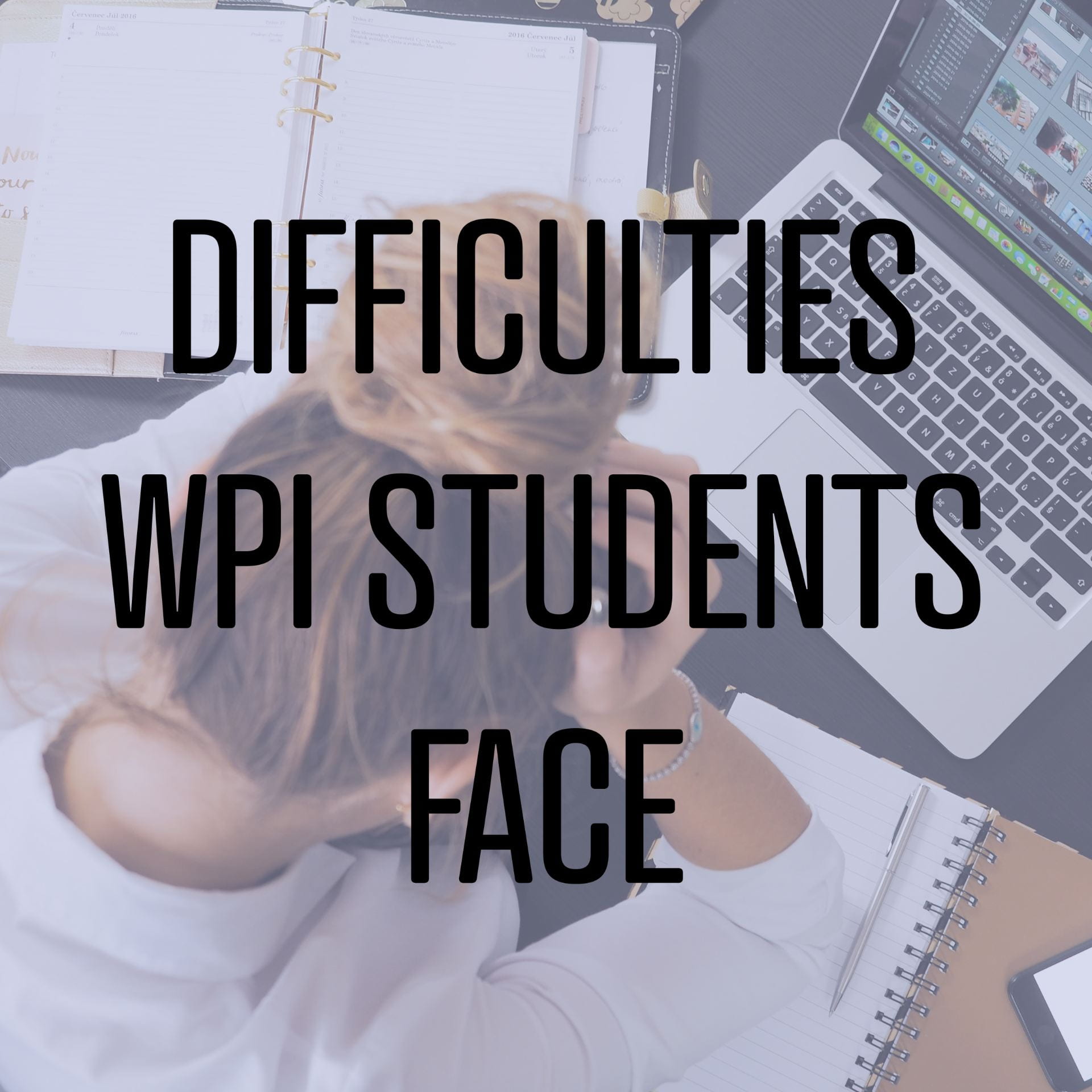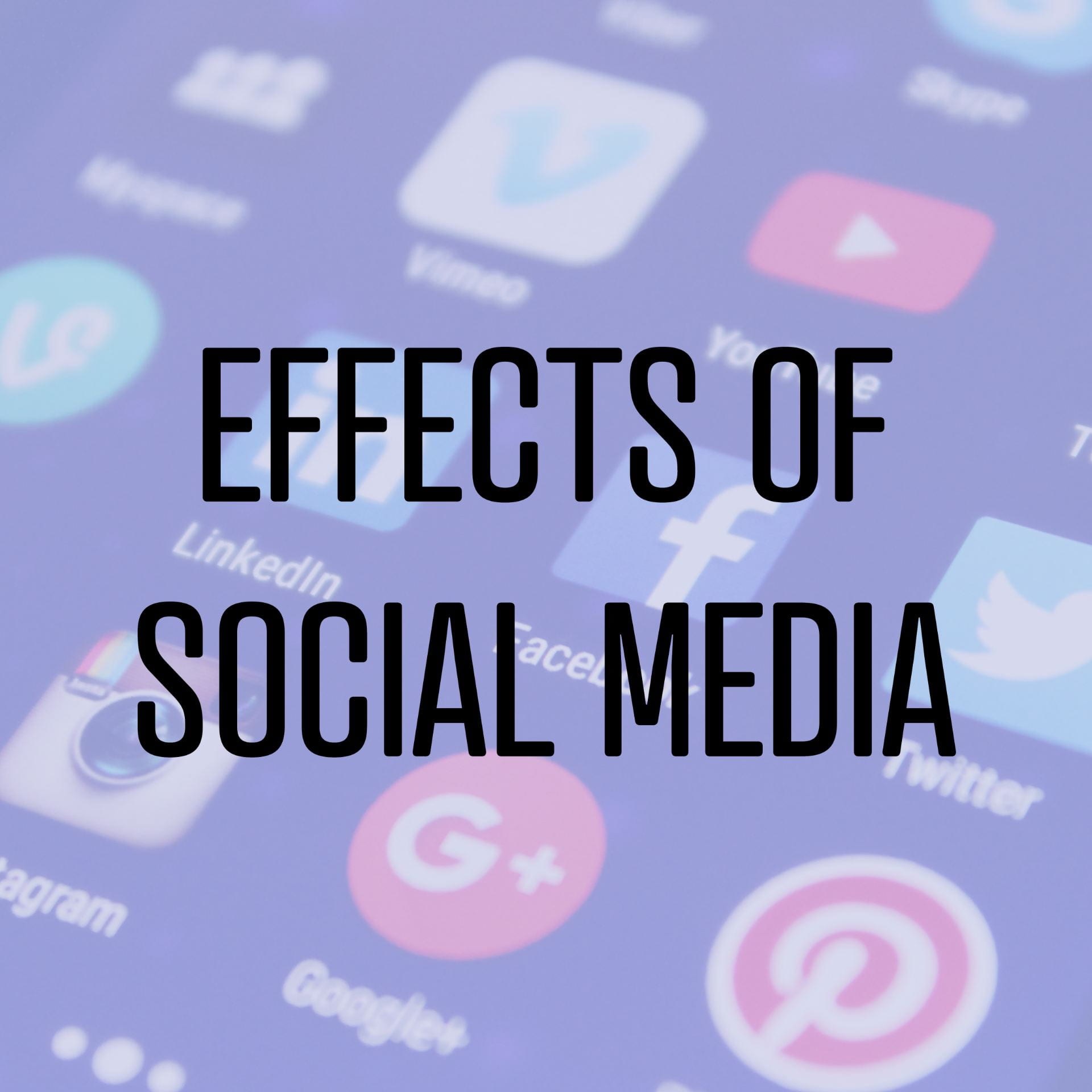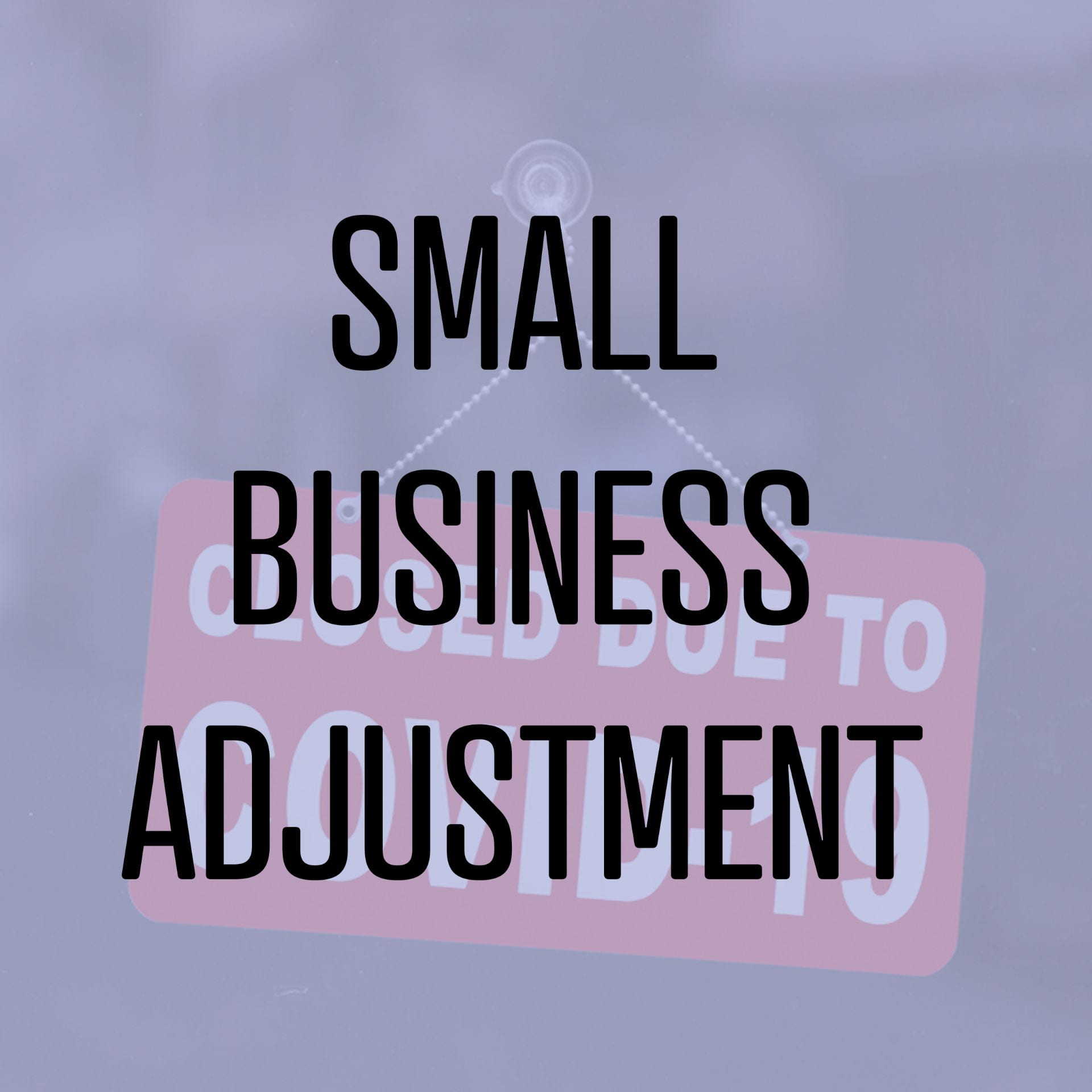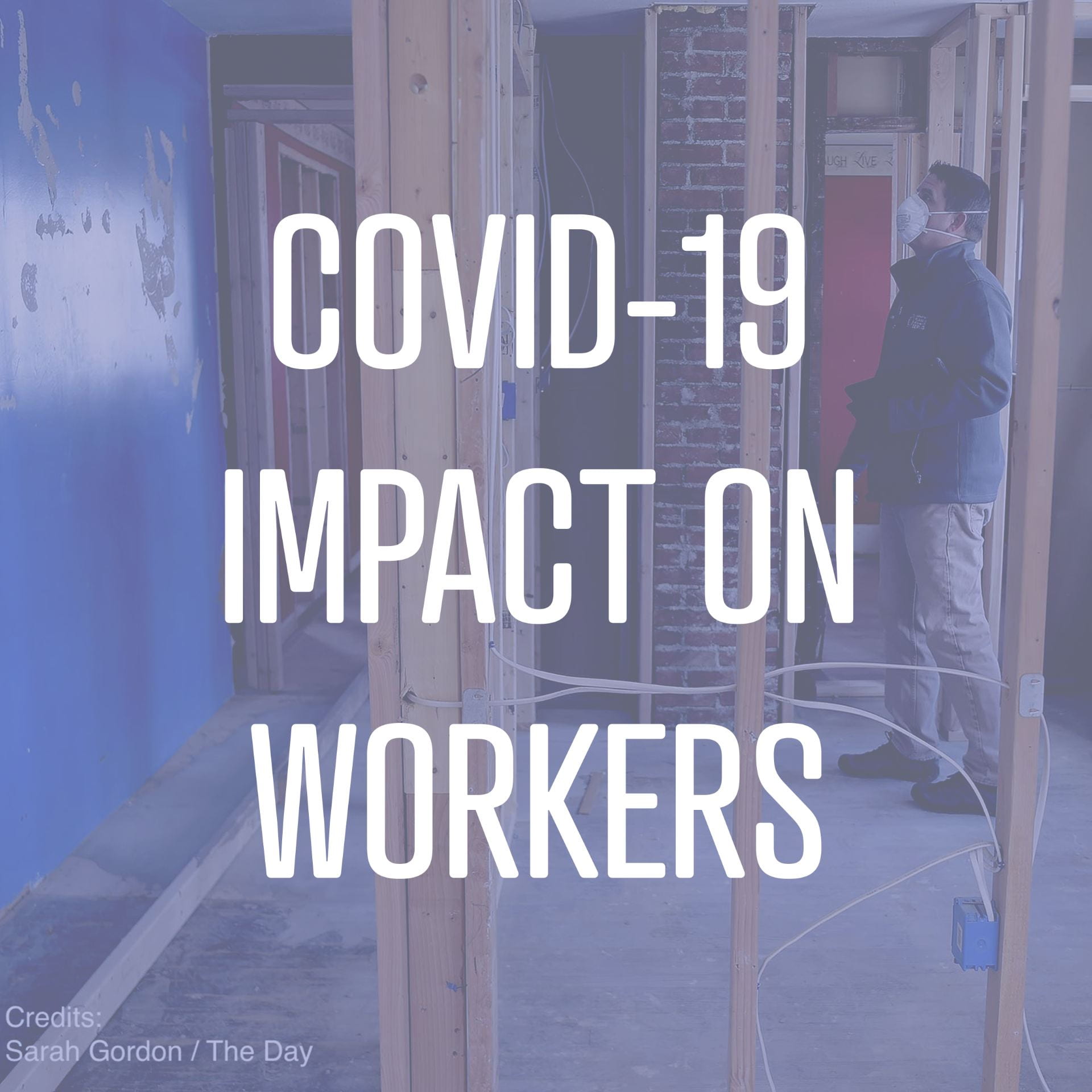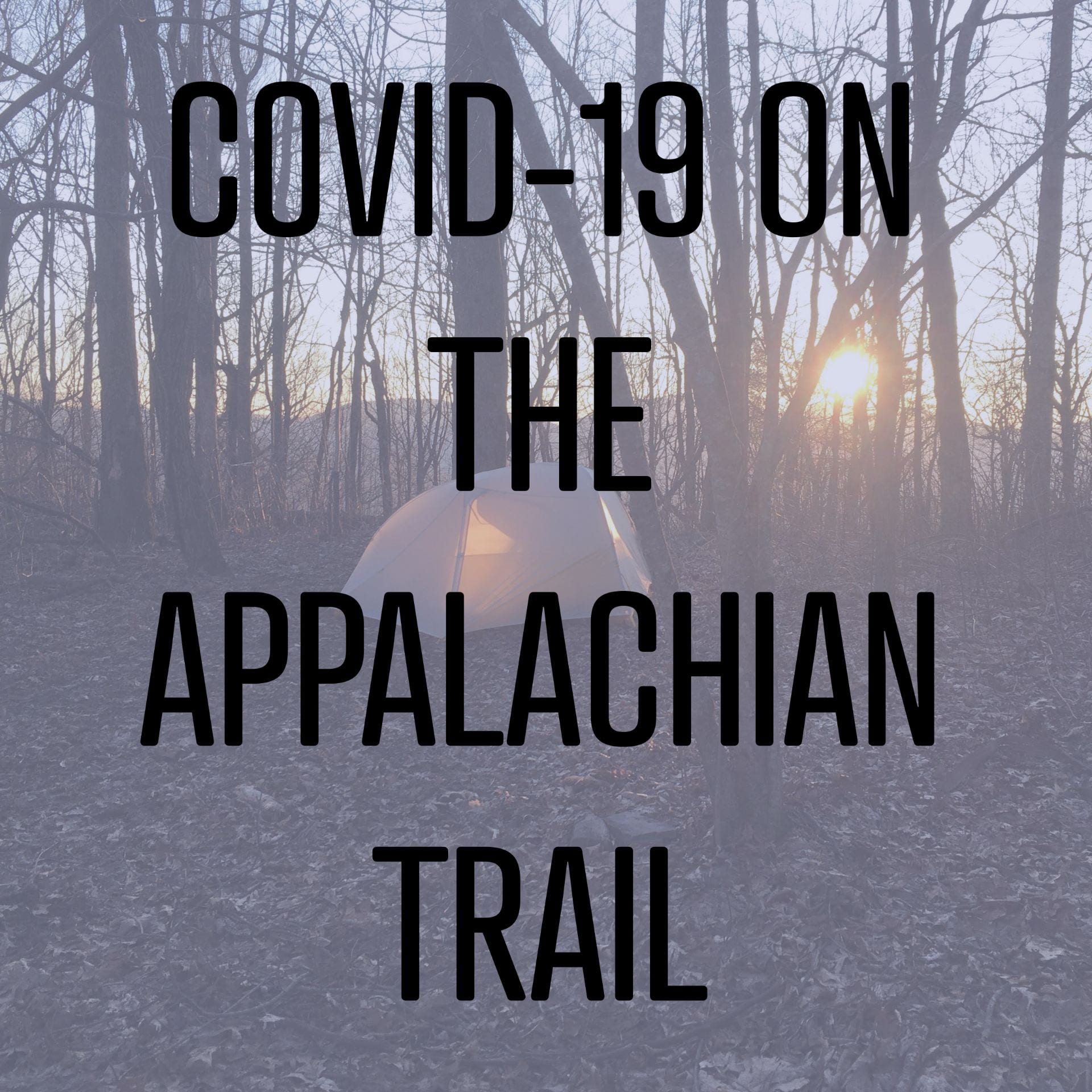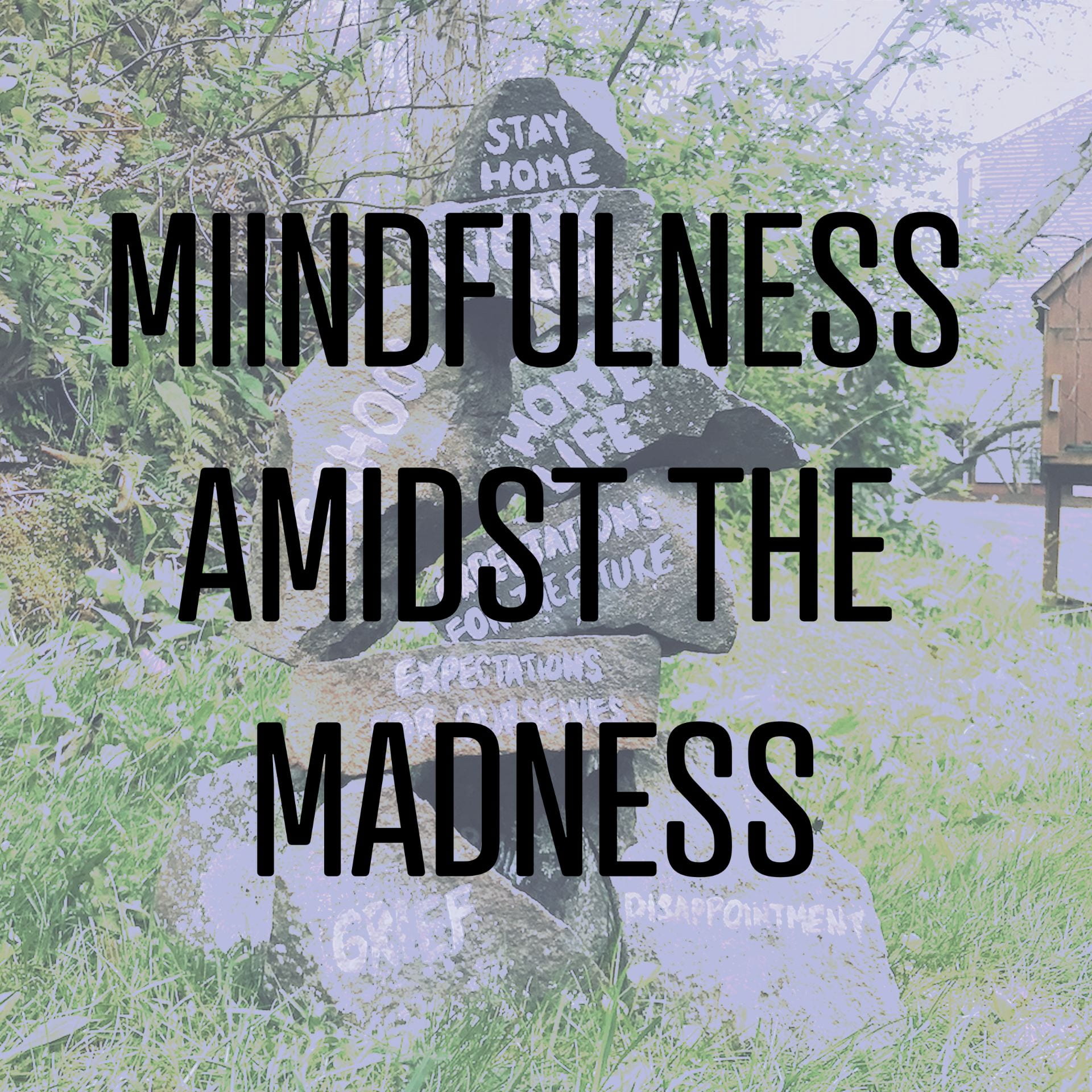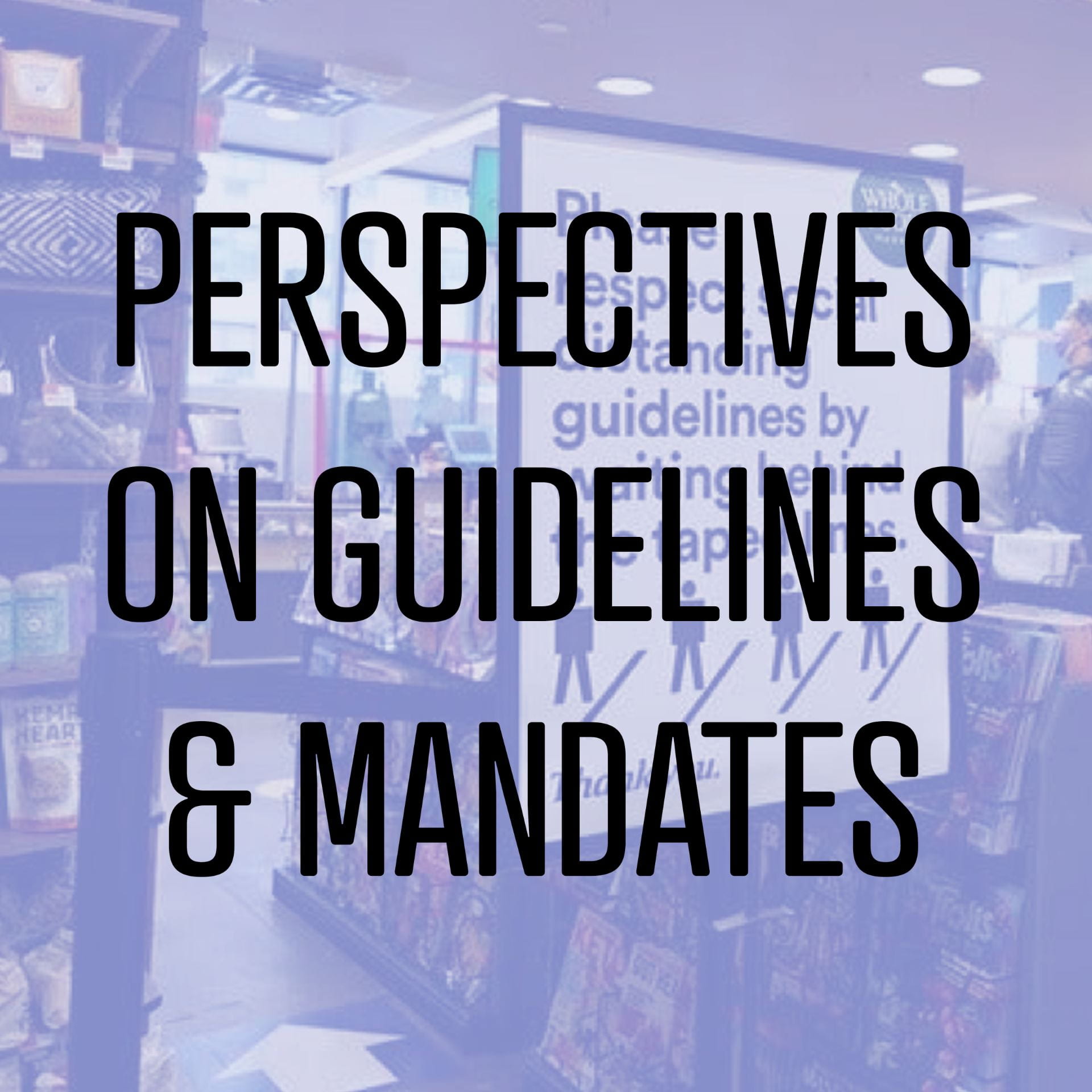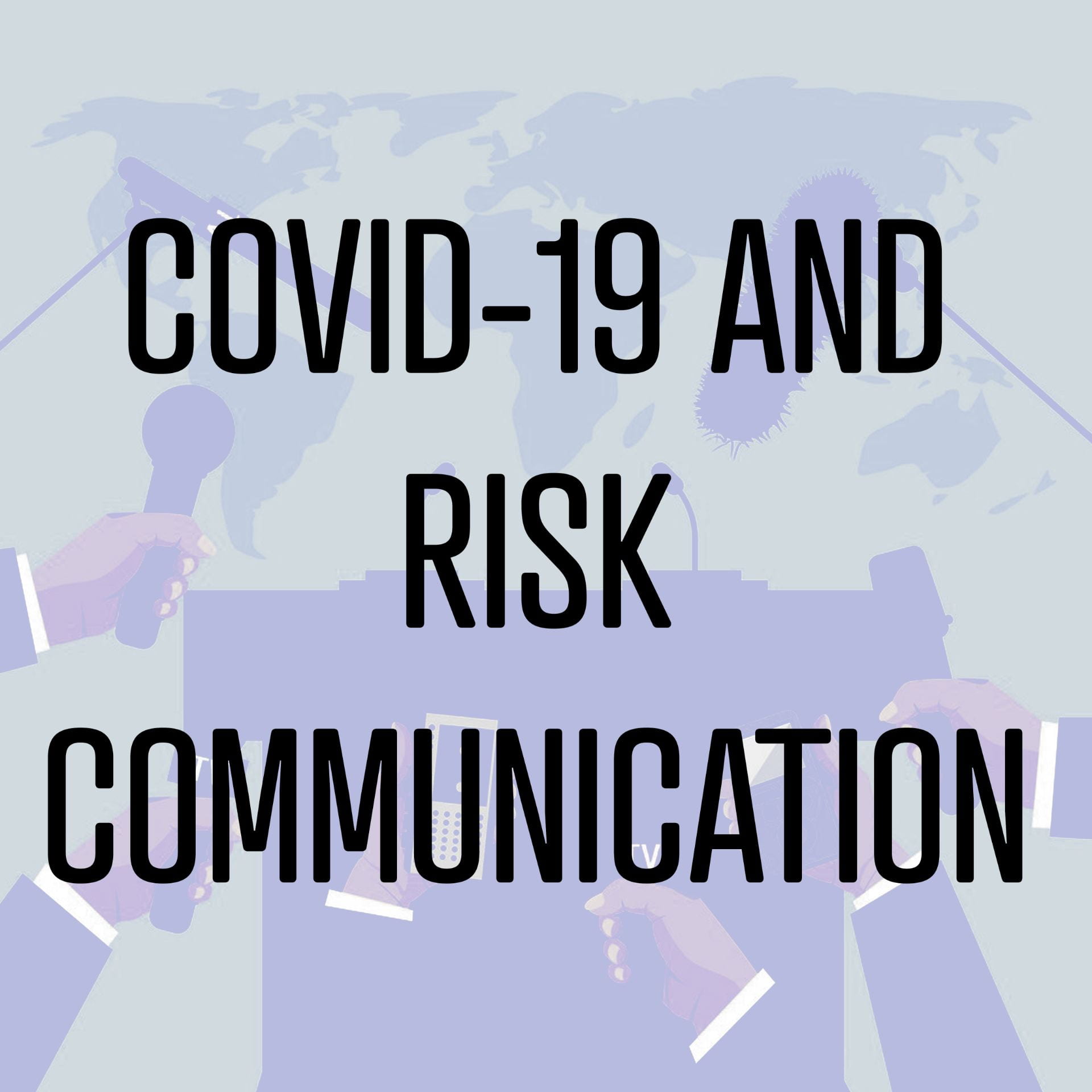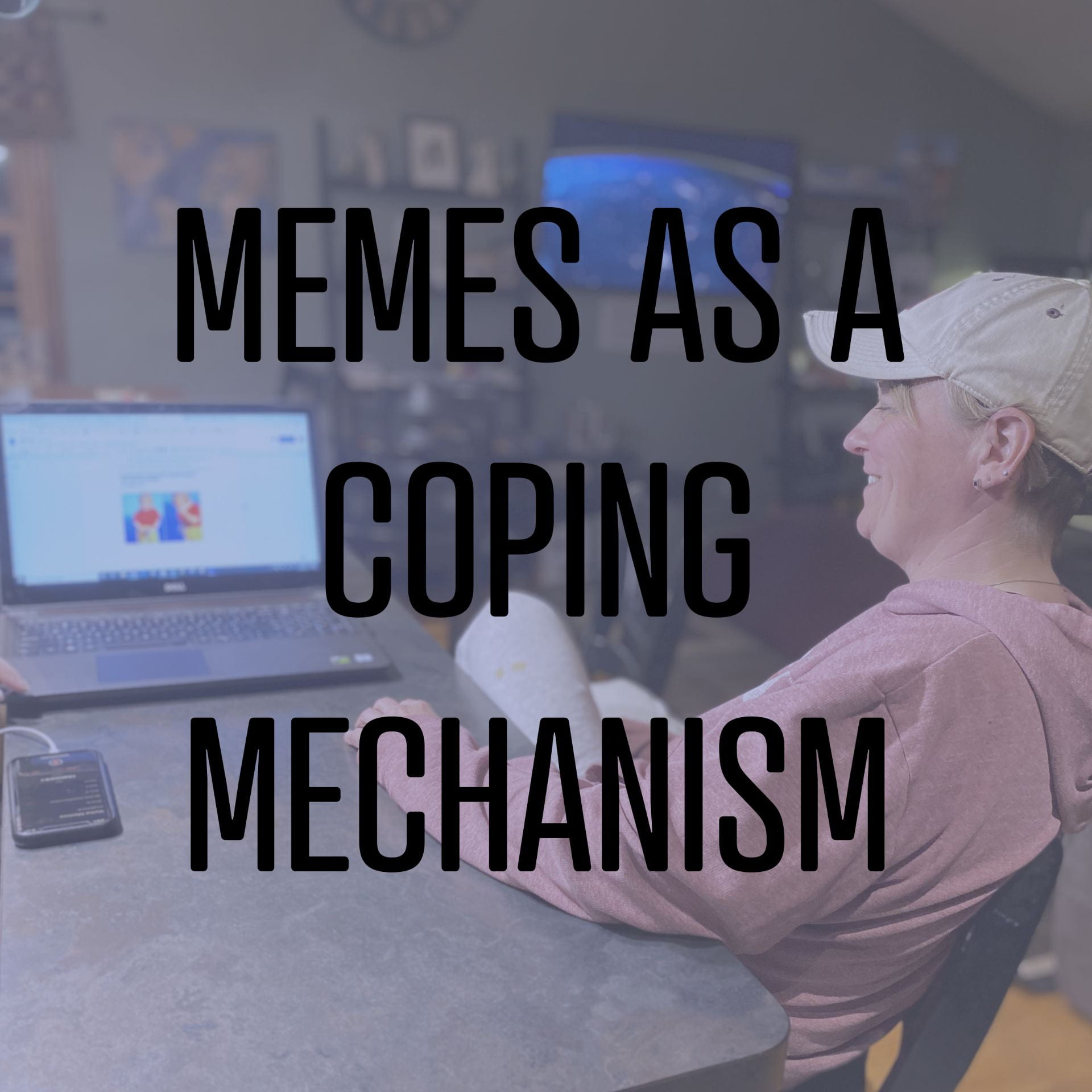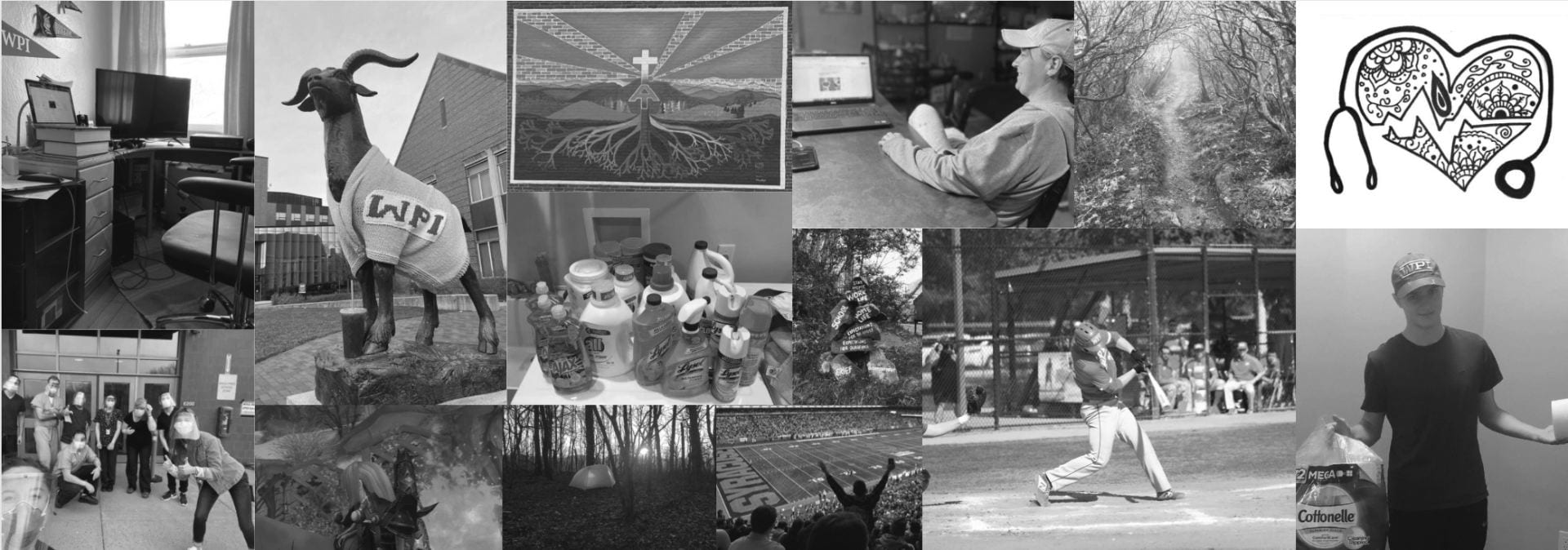
Our Story
t’ll all be worth it, these sleepless nights, constant revisions and numerous rewrites of our proposals, Greece is only a few days away. These emotions plagued our minds as we embarked on our final week of being stuck in Worcester, Massachusetts, and were only a few days away from traveling to our project site in Thessaloniki, Greece. Our group of twenty-four students and two advisors, from Worcester Polytechnic Institute (WPI), would have never anticipated the events to follow. On March 6th, the WPI administration announced that all travel was canceled, including all international Interactive Qualifying Projects (IQP), due to a novel coronavirus that was rapidly spreading throughout the world. At the time, we were not aware of the serious threat of the virus and felt that the administration had made the wrong decision. In the weeks to come, we would learn that this mysterious illness, which was named COVID-19, would soon be declared as a worldwide global pandemic. In mid-march, WPI decided to turn to remote learning, which led to another pivotal shift in our IQP projects.
Before COVID-19, all 24 of us had spent weeks collaborating with Greek sponsors to develop proposals for a project that we would complete in Greece. These projects included environmental and health studies, urban renewal and education. After several
discussions, much confusion, and unfortunate realization, our advisors, Bob Hersh and Melissa Belz, explained that they and our Greek sponsors felt that the projects could not be carried out remotely due to their hands-on nature. The interactive nature of our projects meant, in the eyes of our Greek sponsors, that remote projects offered little value to students or the groups involved in the research. Though disappointed, the students also agreed that completing these projects from thousands of miles away would be immensely difficult. Left at a bit of a
crossroads the advisors were faced with a difficult decision, should they keep the
general theme of the project or shift to an entirely new direction?
The first approach was to keep the general topic if possible, and transfer it to a Massachusetts context. However, when WPI turned to remote learning, it became clear that the advisors would have to come up with an entirely different approach. Wanting to still give the students the experience of solving an open-ended project from their home, they turned to individual projects, with emphasis on collaboration across topics, rather than the typical team structure of IQP. Our advisors reworked the norm by allowing students to pick their own topic related to the unique problem right in front of our eyes, the pandemic.
This year, what was originally a group of 24 students assigned to six teams in the Thessaloniki Project Center, joined the movement to capture stories of the COVID-19 pandemic. Each of the students focused on a different area of interest for our remote social science research project. The following report is a collective representation of the hard work and the continual effort to make our remote IQP experience meaningful despite the continuous obstacles of the global pandemic.
The Early Days of the Virus
The scientific name for this virus is SARSCoV-2, which stands for severe acute
respiratory syndrome coronavirus 2 (WHO, 2020). The virus got its name because of how similar it was to SARS-CoV; the virus that caused the 2002-3 SARS outbreak in China (NIAID, 2020). Just like SARS, it was believed to have originated in bats and then transferred to an intermediate species before it eventually reached humans in a wet market in Wuhan (Zhang, 2020).
Respiratory viruses, like SARS-CoV-2, are so effective at infecting people because they rely on human to human interactions to spread (Boncristiani, 2009). Viruses cannot replicate on their own and need other cells to do it for them (Gorvett, 2018). Viruses use cellular machinery inside a human cell to make more of itself and then the viruses catch a ride on water droplets from a person’s cough and land on someone new to infect (Gorvett, 2018). Because they use our cellular machinery, viruses are very hard to kill without causing damage to human tissue (McCrimmon, 2020).
Scientists identified the novel coronavirus (COVID-2019) in December of 2019. Wuhan is home to an estimated 11 million people as of 2018, which is over 2 million more than New York City which has 8.4 million (Wikipedia, 2020). The high population of Wuhan allowed the virus to spread so rapidly because in many cases the virus travels undetected by asymptotic carriers. A vast amount of people were exposed to the virus in the Hubei Province (Georgiou, 2020).
This led to approximately 86% of coronavirus cases going undetected in
Hubei Province before the government shut down the Wuhan transportation system on January 23rd, 2020 (Coronavirus, 2020). More than 60 million citizens were affected by the government restrictions on personal movement, public events, and business activities (Wright et al, 2020).
Despite these measures, and in part because of the lack of preparedness, the speed at which the virus spread increased exponentially, and the effects this would
have on countries around the world were innumerable. There was still much to learn about the virus, however, and trouble for all was brewing on the horizon. The restrictions on air and rail travel put in place in China on January 23rd were just the beginning, and soon their government had quarantined over half the country (Zhong & Mozur, 2020). Affecting over 760 million people, the Chinese soon felt the repercussions of these strict regulations. Not only did the Chinese economy take a hit when workers were unable to return to factories and businesses, but many citizens also felt strictly and unfairly governed.
The effects of the virus were hardly contained in China, however. Italy, the
country with the highest number of air connections to China in Europe, was
affected even more than China (Praveen, 2020). Starting with two confirmed cases at the end of January the number of infected rose exponentially (Statista, 2020). Soon the entire country was on lockdown as Italians struggled with the sudden change. Although the virus affected economies around the world, Italy was hit especially hard.
Some experts estimate that the loss of tourism revenue could exceed £6.4bn ($8.3bn), and many economists aroundEurope argue that Italy’s economy could revert to 2008 levels (Duddu, 2020; Lombardi, Fairless, Kowsmann, 2020). Italy also became an epicenter for the virus, with the origins of coronavirus infections in at least 27 other countries able to be traced to either Italy or Italians (Duddu, 2020). Despite the severity of the pandemic in Italy, however, the number of infections would seem insignificant once the virus reached the United States.
General Timeline of the United States
It was not long before the coronavirus hit the United States after severely impacting both Italy and China. On January 20th, the US Centers for Disease Control and Prevention (C.D.C.) confirmed the first case of coronavirus in the United States (Taylor, 2020). Following suit on January 30th, the World Health Organization (W.H.O.) declared a global health emergency, which led the Trump administration to restrict travel from China (WHO, 2020). Throughout January, the C.D.C. was working to develop testing kits to distribute to facilities throughout the United States. In early February, the C.D.C. acknowledged that these tests were faulty after tests had already been distributed (Whoriskey & Satika, 2020; Taylor, 2020).
Due to the faulty kits and the strict F.D.A. regulations that limited test kit production, the United States was unable to detect and trace COVID-19 cases during those crucial early weeks. The virus went undetected for several weeks leading to a massive outbreak in the United States (Whoriskey & Satika, 2020). During the early weeks of the pandemic there was little to no response from the White House which led to mass confusion across the United States. To make matters worse, President Trump initially referred to the virus as “a hoax” (Taylor, 2020). As a result of the faulty testing kits and limited federal response, many Americans were understandably upset and concerned for their future (Taylor, 2020).

On March 16th, 70 days after the CDC warned the United States of COVID-19, the Trump Administration issued guidelines which included avoiding social gatherings, staying home if you feel sick, and avoiding any unnecessary travel (shopping, vacations, etc.) (Taylor, 2020; Secon et al, 2020). Around this time, colleges, universities and public schools began to cancel classes and turn to remote learning (Taylor, 2020). States began to implement their own guidelines consisting of limiting social gatherings, closing down non-essential businesses and requiring individuals to stay at home.
All of these measures were put into place to flatten the curve, meaning keeping the spread of the virus under control to avoid overwhelming the healthcare system and reduce cases. Towards the end of March, metropolitan areas within New York, Michigan, New Jersey and Massachusetts were hit the hardest and cases began to drastically spike. On March 27th, as cases in the U.S. passed 100,000, the Trump administration enforced the Defense Production Act, a law that increases mass production, and signed a $2.2 trillion stimulus bill to help unemployed Americans (Taylor, 2020; Secon et al., 2020).

Entering April, the United States was leading the world in the number of coronavirus cases and deaths. The guidelines implemented initially on March 16th by President Trump were extended and further enforced to April 30th (Taylor, 2020). It was also announced that the first week of April would be “one of the toughest weeks” of the outbreak, and hot spots such as Detroit, Louisiana, and New York would be hit the hardest (Perez et al., 2020). In early April, the U.S. was testing around 100,000 individuals a day. Yet, per capita, it was only 305.6 tests per million – a meager number compared to other countries such as Germany, which was conducting 8,063 tests per million people (Lo, 2020). On April 16th, Trump permitted governors to reopen their states. However, experts cautioned against this, reiterating that reopening too soon could lead to drastic consequences (Taylor, 2020).
On April 19th, New York governor Andrew Cuomo announced that New York, the state with the highest number of cases, had reached its peak daily cases after hitting 247,512 cases and 14,347 deaths (Soucheray, 2020). Although good news, the virus had taken its toll all throughout the country. Towards the end of April, the United States confirmed that it had hit 1 million cases and more than 50,000 deaths nationwide (Taylor, 2020). State governments began to work towards developing reopening policies, which would allow for areas to reopen, given that they increase testing, wear masks, and various other guidelines that help to reduce the spread (Taylor, 2020; Secon et al, 2020). The effect of the global pandemic, COVID-19, has been detrimental, however, the damage is only further foreseen as we understand the drastic downfall of the United States economy, specifically, the unemployment rate.
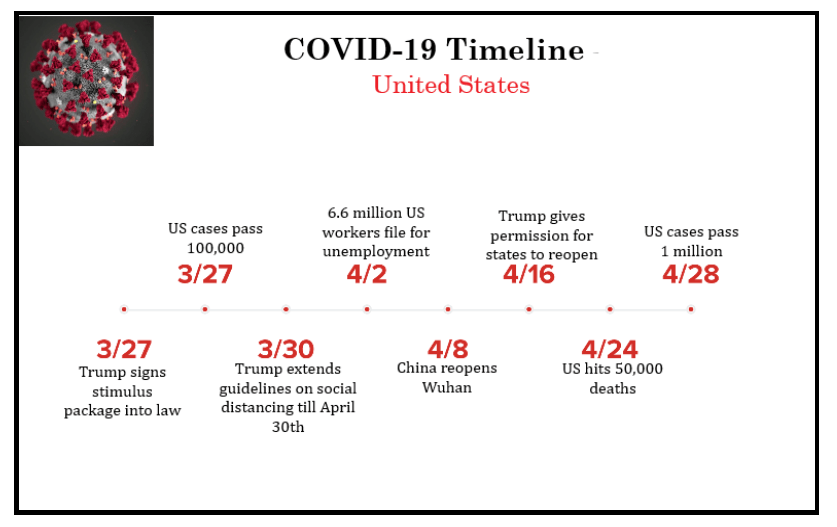
The Impact on the United States Economy
In the United States the impact of COVID-19 took a drastic toll on the US economy. From large businesses to small businesses, many were either temporarily closed or had to reduce their output. The Gross Domestic Product, or GDP, is a measure of the country’s economic well-being. (Adams, 2019). Unfortunately, the United States’ GDP decreased by approximately 4.8% throughout the first quarter of 2020, the biggest drop since the Great Recession in 2008, and was expected to get worse in subsequent quarters (Torry, 2020). As of early May, the second quarter GDP is projected to again be negative similar to the first quarter (Casselman, 2020). Before the pandemic, unemployment hit a record low for the US, but just after the stay in place orders it hit a record high (Morath, 2020). Unemployment claims in the US rose to approximately 30 million in the first quarter of 2020 and are expected to rise in the coming months (Cox, 2020). These job losses were a direct result of the government mandating stay in place orders to try and limit the spread of the coronavirus (“White House…”, 2020). The
unemployment rate as of the end of April was 14.7%, which is the worst drop since
the Great Depression (Schwartz,2020).
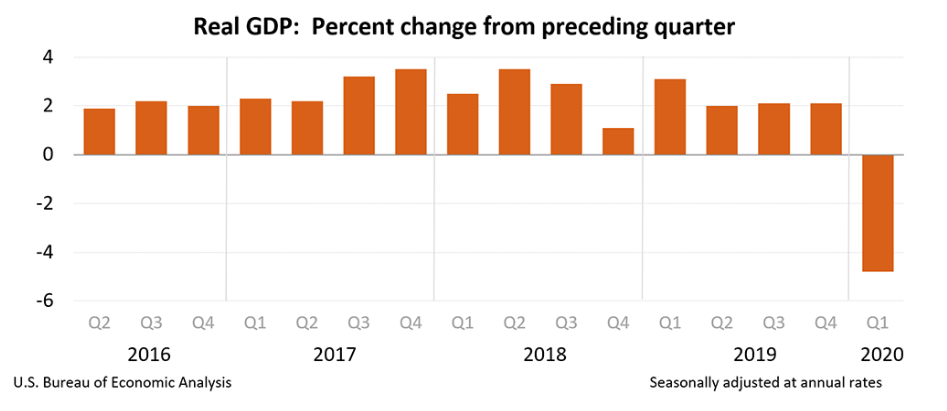

Even though all US residents were negatively affected by COVID-19, African American and Latino populations experienced significantly more infections and deaths due to COVID-19 compared to white and Asian Americans. (Scott, 2020). According to the CDC, some of the contributing factors for these health disparities are poverty, living conditions, work circumstances, poor diets, and higher instances of underlying health issues like obesity, heart disease and hypertension. Many minorities and ethnic groups do not have access to reliable health care in the US, and may lack insurance(“COVID-19….”, 2020). As of early May, studies are being conducted to reduce the spread of COVID-19 specifically in the hard hit Black and Latino communities (“COVID-19….”, 2020).

Our Story Continued
The first few months of 2020 have consisted of an economy that is ravaged, public health systems are unable to provide PPE for workers, and refrigerator trucks used as temporary morgues in NYC (Shuster, 2020).. For many Americans this is an unprecedented moment that few of us could have imagined even three months ago. Because the cohort was unable to travel to Thessaloniki, Greece, the group has now shifted gears and examined how people experienced, understood, and responded to the virus and the changes it wrought in society. The research transitioned into individual topics related to the COVID-19 pandemic. These topics include investigating the virus’s effect on the medical field, the different ways it has affected college students, how businesses and work life were impacted, the power of nature in helping us cope, and how the public has made sense of the pandemic through individual experiences.
Medical
In a time of disarray and panic caused by a global health scare, the field of medicine stands on the front lines. Fighting not only the virus, but also an increased workload and critical shortages of personal protective equipment (PPE) among many other issues, medical workers have seen firsthand the changes the pandemic brought about. In one aspect of this document we explore the experiences of medical workers during this pandemic, allowing their stories to be heard regarding the ways in which working during the pandemic has affected them and their family, and for student nurses, how this might affect their learning moving forward. We also explore the changes in care healthcare workers and specialists must provide and methods of alleviating the PPE shortage through an analysis of the theory and practice of 3D printing this precious equipment.
- The COVID-19 Crisis From the Standpoint of Healthcare Workers and Their Families- Jillian Spera
- Healing and Heart: The Impact of the COVID-19 Pandemic on Student Nurses – Olivia Madmaba
- 3D Printing Personal Protective Equipment – Hannah Gallagher
- Modifying Medicine – Sarah Huber
College Students
Student nurses are not the only college students whose lives have been drastically changed by the spread of COVID-19, however. For many full-time students, their lives were uprooted when campuses shut down for the year. An investigation into the attitude of these students towards their university’s COVID-19 response revealed varying levels of satisfaction and trust with their school. Furthermore, we discern the different ways the pandemic was affecting collegiate athletes, and examined the struggles of WPI students continuing their education from home and the flexibility that demands. Overall, today’s college students are a very flexible generation and are always looking for ways to make due with what they have at their fingertips. During a period of social isolation, many have turned to the internet, social media, and video games now more than ever to fill that void and reconnect with others. We therefore investigate the ways in which social media affects friendships during the time of the pandemic and look into the role that video games play in their lives.
- Student Attitudes Surrounding College and University’s COVID-19 Responses – Olivia Hauber
- The Effect of the Coronavirus Pandemic on Collegiate Athletes – Amanda Wetmore
- Documenting the difficulties that WPI students faced amidst the COVID-19 Crisis at home – Ardavasd Ardhaldjian
- The Effects of Social Media and the Internet on the Friendships of College-Aged Students – Connor Skinner
- The Role of Video Games in the COVID-19 Pandemic – Cameron Walsh
Adaptations to Work Life & Business Demands
The projects in this section examine how policies to contain the spread of the virus have played out in the working world. Two of the four projects detail how businesses are reacting and adapting to the current situation by trying to balance the safety of their customers, while keeping a company from bankruptcy. The other two projects focus on how some American workers are reacting to the pandemic and are forced to work differently during the stay at home order.
- Addressing Changes in Small Business: The Impact of COVID-19 – Erica Houghton
- The Impact of a Large Scale Manufacturing Business from COVID-19 – Adam Klosner
- Determining how COVID-19 has affected the individual worker – Colin Gordon
- Special Educator Experiences and Adaptations During the COVID-19 Pandemic -Madeline Blake
Nature & Outdoors
On the other side of the spectrum from work life and business is the natural world and the outdoors. Now that social distancing has atrophied our social lives, the beauty and space of the outdoors has become more important to us than ever before. For those who hike the Appalachian trail, for instance, we asked hikers to reflect on the purpose that hiking serves in their lives and the sacrifices necessary for the journey to be possible in the midst of a pandemic. We also believe it is important to understand the ways in which nature provides a source of inspiration to help us endure the COVID-19 crisis, keeping us peaceful and grounded, while further allowing individuals to reflect on the direct ways that nature has impacted them. We give them a platform for their stories to be heard.
- A Controversial Journey: The Impact of COVID-19 on Appalachian Trail Thru-Hikers – Emma Bennet
- Mindfulness Amidst the Madness: Finding Nature from Home – Hannah Schulz
- A Look into the Role Nature Plays on Daily Life During COVID-19 – Mia Dibattista
Making Sense of the Pandemic
The subgroup last on the list has generated a broad spectrum of research based upon the drastic changes from COVID-19. This subgroup consists of 8 students who generally focus on how individuals are experiencing the pandemic and evaluating risk. This subgroup starts by looking at the pandemic through the communication of governments and narrows down to how the people make sense of the pandemic. The first two projects give an understanding of how governing bodies use their abilities to communicate risk to the public. Next, a student explores how officials and the medical community have communicated the risks and benefits of hydroxychloroquine, leading to shortages. The next two focus on how a few families are experiencing the stay at home order mandate and the adversity involved. The last two projects explore how individuals cope with a pandemic through memes and storytelling, using the internet as a source to cope with the uncertainty.
- Perspectives on Federal Guidelines and New York State Mandates During the Pandemic- Noah Roberts
- Assessing the Efficacy of State Governors in Following Risk Communication Guidelines- Ryan Michaud
- The Dangers of Promoting Hydroxychloroquine – Samuel Furtado
- An Investigation of Panic Purchasing During the Pandemic – Connor Craigie
- Personal Connections Generate Emotion and Response in a Pandemic – Louis Duh
- A Family in Pandemic – Robert Peralta
- The Role of Memes as Coping Mechanisms for the COVID-19 Pandemic – Kyria Nelson
- Pandemic Perspectives: Healing Through Storytelling – Alia Brown
We are delighted to bring these diverse narratives into a collected volume that reflects our IQP term. It was supposed to be our opportunity to work in Greece, but instead we are part of the millions of Americans working from home, isolated from colleagues, distracted by family, and apart from our friends. The stories we tell portray how many Americans are feeling and adapting to this unprecedented moment. Here, we have captured the stories that helped us make sense of the pandemic.
Sources
Adams, K. (2019, April 29). What GDP tells us about the economy. Retrieved May 3, 2020, from https://www.marketplace.org/2018/07/26/what-gdp-tells-us-about-economy/
Boncristiani, H. F. (2009). Respiratory Viruses. Encyclopedia of Microbiology, 500–518. doi: https://doi.org/10.1016/B978-012373944-5.00314-X
Casselman, B. (2020, April 29). Worst Economy in a Decade. What’s Next? ‘Worst in Our Lifetime.’. Retrieved May 3, 2020, from https://www.nytimes.com/2020/04/29/business/economy/us-gdp.html
Chen, Q., & Leung, T. (2020, May 2). Bats, a wet market, and many theories: Where did the coronavirus come from? Retrieved from https://www.inkstonenews.com/science/bats-wet-market-and-many-theories-what-we-know-about-origin-coronavirus/article/3082414
COVID-19 in Racial and Ethnic Minority Groups. (2020, April 22). Retrieved May 3, 2020, from https://www.cdc.gov/coronavirus/2019-ncov/need-extra-precautions/racial-ethnic-minorities.html?deliveryName=USCDC_2067-DM26555
Cox, J. (2020, April 30). US weekly jobless claims hit 3.84 million, topping 30 million over the last 6 weeks. Retrieved May 3, 2020, from https://www.cnbc.com/2020/04/30/us-weekly-jobless-claims.html
Duddu, P. (2020). Coronavirus in italy: Outbreak, measures and impact. Retrieved from https://www.pharmaceutical-technology.com/features/covid-19-italy-coronavirus-deaths-measures-airports-tourism/
Feng, E., & Cheng, A. (2020, February 21). Restrictions And Rewards: How China Is Locking Down Half A Billion Citizens. Retrieved from https://www.npr.org/sections/goatsandsoda/2020/02/21/806958341/restrictions-and-rewards-how-china-is-locking-down-half-a-billion-citizens
Georgiou, A. (2020, March 16). Coronavirus was able to spread so fast because of “stealth transmissions,” study finds. Retrieved April 5, 2020, from https://www.newsweek.com/coronavirus-spread-fast-stealth-transmissions-study-finds-1492577
Gorvett, Z. (2018, November 13). The mystery viruses far worse than flu. BBC Future. From https://www.bbc.com/future/article/20181101-the-mystery-viruses-far-worse-than-flu
Huang, C. (2020). Clinical features of patients infected with 2019 novel coronavirus in Wuhan, China. The Lancet, 395(10223), 497–506. doi: https://doi.org/10.1016/S0140-6736(20)30183-5
Lo, D. (2020, April 3). Despite US expanding coronavirus testing to 100,000 each day, lab testing expected to face serious roadblocks. GlobalData. Retrieved from https://www.globaldata.com/despite-us-expanding-coronavirus-testing-to-100000-each-day-lab-testing-expected-to-face-serious-roadblocks-says-globaldata/
Lombardi, P., Fairless, T. & Kowsmann, P. (2020). Europe braces for economic impact of italy’s lockdown. Retrieved from https://www.wsj.com/articles/europe-braces-for-economic-impact-of-italys-lockdown-11583698806?ns=prod/accounts-wsj
McCrimmon, K. (2020, March 17). Viruses 101: Why the new coronavirus is so contagious and how we can fight it. UCHealth Today. Retrieved from https://www.uchealth.org/today/viruses-101-why-the-new-coronavirus-is-so-contagious-how-to-fight-it/
Morath, E., & Chaney, S. (2020, April 16). U.S. Jobless Claims Top 20 Million Since Start of Shutdowns. Retrieved May 5, 2020, from https://www.wsj.com/articles/u-s-unemployment-claims-likely-continued-at-record-levels-11587029401
Nania, R. (2020, May 1). Higher COVID-19 Incidence in Minority Communities. Retrieved May 5, 2020, from https://www.aarp.org/health/conditions-treatments/info-2020/minority-communities-covid-19.html
News Release. (n.d.). Retrieved from https://www.bea.gov/news/2020/gross-domestic-product-1st-quarter-2020-advance-estimate
New York City. (2020, May 1). Retrieved from https://en.wikipedia.org/wiki/New_York_City
NIAID. (n.d.). COVID-19, MERS & SARS. Retrieved from https://www.niaid.nih.gov/diseases-conditions/covid-19
Perez, J. & French, M. (2020, April 4). ‘There will be death’: Trump warns of ‘toughest week’ ahead. POLITICO. Retrieved from https://www.politico.com/news/2020/04/04/trump-predicts-toughest-week-coronavirus-164836
Scott, D. (2020, April 17). Covid-19’s devastating toll on black and Latino Americans, in one chart. Retrieved May 5, 2020, from https://www.vox.com/2020/4/17/21225610/us-coronavirus-death-rates-blacks-latinos-whites
Secon, H., Woodward, A., & Mosher, D. (2020, April 23). A comprehensive timelines of the new coronavirus pandemic, from China’s first COVID-19 case to the present. Business Insider, Retrived from https://www.businessinsider.com/coronavirus-pandemic-timeline-history-major-events-2020-3
Shuster, S. (2020, March 31). As New York Coronavirus Deaths Soar, Makeshift Morgues Go Up. Retrieved May 11, 2020, from https://time.com/5812569/covid-19-new-york-morgues/
Soucheray, S. (2020, April 20). Cumo says COVID-19 cases have peaked in New York. CIDRAP. Retrieved from https://www.cidrap.umn.edu/news-perspective/2020/04/cuomo-says-covid-19-cases-have-peaked-new-york
Statista Research Department. (2020). Cumulative number of coronavirus (COVID-19) cases in italy since february 2020. Retrieved from https://www.statista.com/statistics/1101680/coronavirus-cases-development-italy/
Schwartz, N., Casselman , B., & Koeze, E. (2020, May 8). How Bad Is Unemployment? ‘Literally Off the Charts’. Retrieved May 8, 2020, from https://www.nytimes.com/interactive/2020/05/08/business/economy/april-jobs-report.html?action=click&module=Spotlight&pgtype=Homepage
Taylor, D. (2020, April 28). How the Coronavirus Pandemic Unfolded: a Timeline. The New York Times, Retrieved from https://www.nytimes.com/article/coronavirus-timeline.html.
Timeline: How the new coronavirus spread. (2020). Retrieved from https://www.aljazeera.com/news/2020/01/timeline-china-coronavirus-spread-200126061554884.htm
Torry, H. (2020, April 29). U.S. Economy Shrank at 4.8% Pace in First Quarter. Retrieved May 5, 2020, from https://www.wsj.com/articles/first-quarter-gdp-us-growth-coronavirus-11588123665
White House Adviser Warned of Risks of Pandemic; Trump Misleads on Testing. (2020, April 6). Retrieved May 5, 2020, from https://www.nytimes.com/2020/04/06/world/coronavirus-live-news-updates.html
Whoriskey, P. & Satika, N. How U.S. coronavirus testing stalled: Flawed tests, red tape and resistance to using the millions of rests produced by the WHO. The Washington Post. Retrieved from https://www.washingtonpost.com/business/2020/03/16/cdc-who-coronavirus-tests/
WHO. (2006.). A Guide to Healthy Food Markets. Retrieved from https://www.who.int/foodsafety/publications/capacity/healthymarket_guide.pdf
WHO. (2020). Naming the coronavirus disease (COVID-19) and the virus that causes it. From https://www.who.int/emergencies/diseases/novel-coronavirus-2019/technical-guidance/naming-the-coronavirus-disease-(covid-2019)-and-the-virus-that-causes-it
World Health Organization. (2020, April 27). WHO Timeline – COVID-19. Retrieved from https://www.who.int/news-room/detail/27-04-2020-who-timeline—covid-19
Wuhan. (2020, April 30). Retrieved from https://en.wikipedia.org/wiki/Wuhan
Zhang, T., Wu, Q., & Zhang, Z. (2020). Probable Pangolin Origin of SARS-CoV-2 Associated with the COVID-19 Outbreak. Current Biology, 30(7), 1346–1351. doi: https://doi.org/10.1016/j.cub.2020.03.022
Zhong, R., & Mozur, P. (2020). To tame coronavirus, mao-style social control blankets china. Retrieved from https://www.nytimes.com/2020/02/15/business/china-coronavirus-lockdown.html




